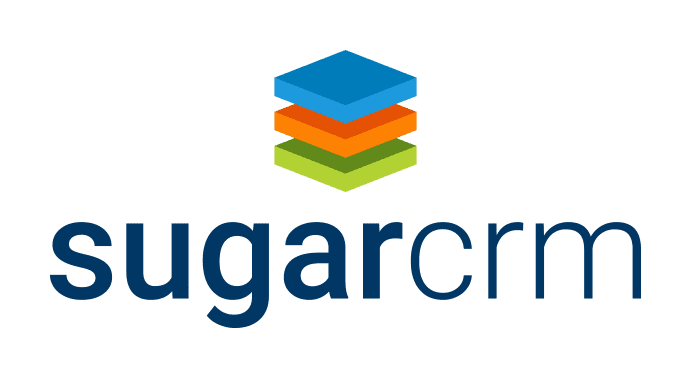If you rely on your ERP system to get orders out the door, invoice for the orders and keep your customers satisfied, do you know what you would do if that system went down? Most likely, you would struggle to ship product, would be unable to invoice customers and some of those customers would start looking elsewhere for the products they need. This would all have serious effect on cash flow. An ERP system that has been working great for years, only to give out one day can boil down to a lack of an ERP upgrade.
Most businesses are willing to invest money in new machinery or equipment, but few are keeping up with their ERP upgrades as they should. The longer a system goes without an upgrade, the more it is playing catch up. Although it can be understandable that an ERP upgrade can take away time and some businesses lack the resources to do every new upgrade, but without it you risk a shut down and lack of compliance with regulatory requirements. If you may be in need of an ERP upgrade, here are five tips to ensure you get your system running up to speed quickly and easily.
Create a Team
It is important that there is leadership going into the ERP upgrade. Without one, it can become an unorganized and frustrating mess. It is helpful to have a leader from each department that will be affected by the ERP upgrade. The best way to look at this is with the organization of an ERP implementation.
Move Data
To have the most useful transition in an ERP upgrade, you will need to move all the current data into the new system. If the system hasn’t been upgrade in 6 or 8 years, this is going to be a huge task to take on. A lot of the data that is in the current system won’t simply transfer over seamlessly into the upgraded system, which is another reason to keep up with ERP upgrades.
Run a Test
Running a test before going live with the ERP upgrade is the best way to ensure the switch is seamless. Check that all the data in the old system matches with the upgraded system, from subsidiaries under parent companies to inventory numbers.
Train Employees
Just as you had to train employees during an ERP implementation, you will need to train employees during the ERP upgrade. The system will most likely look different or run differently and you should give employees time to get used to it. Without proper training, the ERP upgrade won’t be used to its fullest potential.
Use a Consultant
The ERP upgrade will not only be new to your employees, but it will be new to you too. Having a consultants help who is familiar with the ERP upgrade will make the transition much simpler. They will be familiar with the upgrading process and best practices, as well, leading to less downtime.
A lot of business may be thinking, “This sounds like a bunch of work and my system is working fine the way it is,” which is probably true. However, even though your system is working fine now, it will inevitably faces hiccups without a system upgrade. Just as your iPhone or smartphone needs to undergo regular upgrades to take advantage of new system functionality, so does your ERP system.
Our ERP check-up will evaluate your system from several angles and give you a calculated grade on:Read more here.

